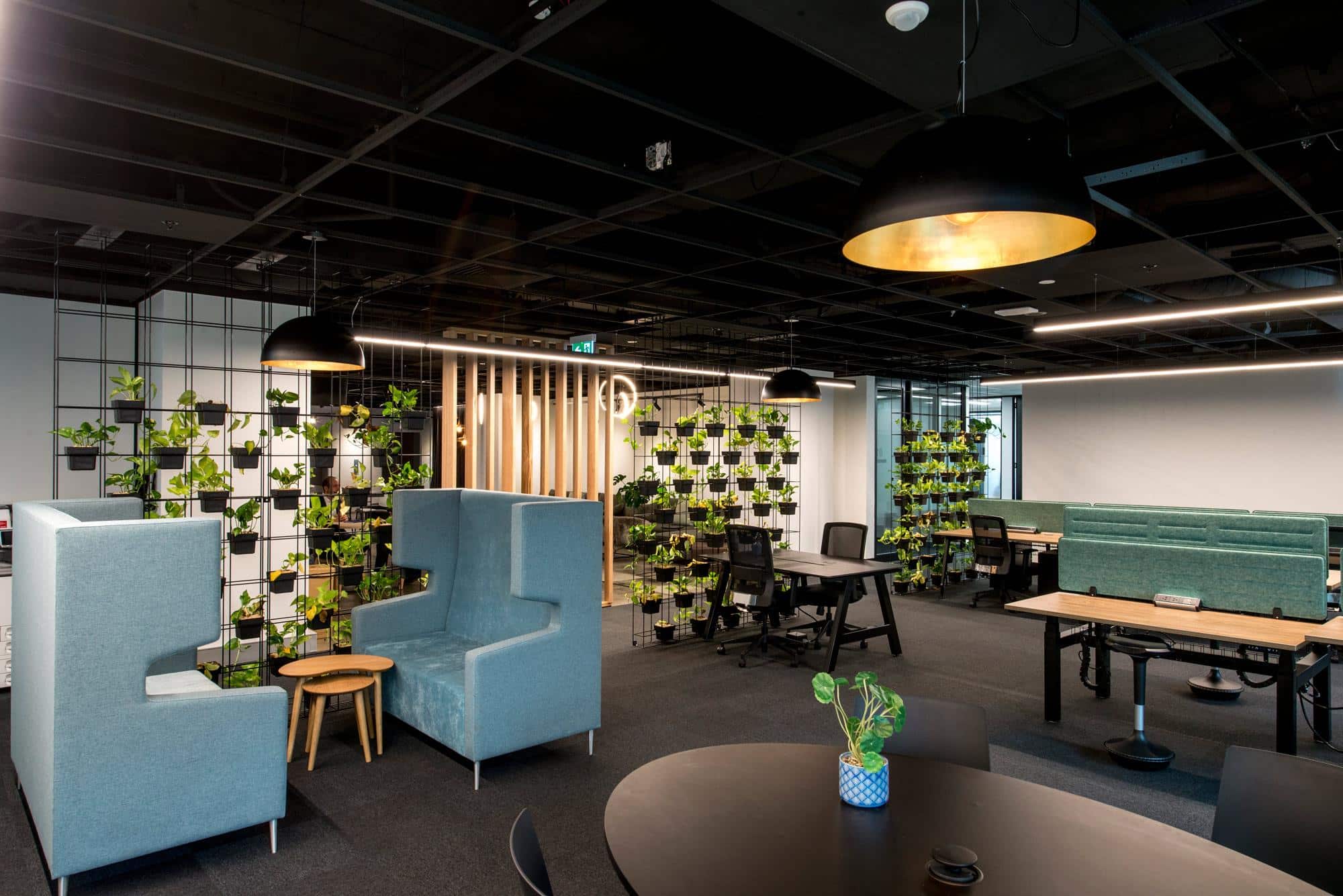The modern work landscape is rapidly evolving, with many organizations embracing hybrid work models. Optimizing office layouts is becoming a pressing concern as employees split their time between the office and remote work. Hence, choosing the right desk size is critical to creating a functional and comfortable hybrid workspace.
This blog post will explore the factors to consider when selecting an office desk size that is adaptable to a hybrid work environment.
The Importance of Desk Dimensions
A well-chosen office desk can enhance productivity, satisfaction, and adaptability in a hybrid workspace. While the standard dimensions of office desks lie between 72-73 cm in height, 120-180 cm in width, and 60-90 cm in depth, they might not always be suitable for every hybrid work environment.
Let’s examine the factors that should guide your choice of desk size.
Width & Depth
The optimal desk width and depth depend on several factors. Wider and deeper desks offer a larger work area that easily accommodates multiple monitors, paperwork, and office equipment. However, narrower desks may be more appropriate in smaller offices or shared workspaces characterized by hot-desking as they can accommodate more employees in a limited space.
Height
Proper desk height is crucial for ensuring ergonomic comfort while working. In a hybrid work environment, it’s important to consider the diverse needs of employees. Adjustable-height desks provide a flexible solution, allowing each individual to find their most comfortable sitting and standing positions.
Fostering Flexibility with Desk Styles
As offices adapt to the needs of hybrid workforces, desk styles must evolve as well. Here are some desk styles that contribute to a versatile and adaptable hybrid work environment.
Modular Desks
Modular desks offer the advantage of customization. They can be easily configured and reconfigured to meet changing requirements, making them an ideal choice for hybrid workplaces. Organizations can use modular desks to create private workstations or collaborative spaces based on shifting needs.
Sit-Stand Desks
Sit-stand desks promote ergonomic comfort by enabling employees to shift between sitting and standing throughout the day. They cater to an array of user preferences and are especially useful in hybrid environments where workers may not have fixed desks.
Mobile Desks
In dynamic, hybrid offices, mobile desks (fitted with casters for easy movement) provide the flexibility to set up workspaces as needed. They can be quickly rearranged to support collaboration sessions or stowed away when not in use.
Additional Factors for Hybrid Workspaces
When selecting what size office desk is perfect for a hybrid work environment, pay attention to the following considerations.
Office Size and Layout
The dimensions and layout of your office play a significant role in determining the ideal desk size. Measure your available space, accounting for walkways, collaborative areas, and other necessities.
Desk Sharing and Collaboration
In hybrid work models, employees may utilize shared desks or switch between work locations, making flexible desk setups paramount. Opt for desks that can easily adapt to both individual and collaborative tasks.
Storage and Organization
Desks with built-in storage can help workers stay organized and focused in a hybrid environment. However, with changing workspace arrangements such as hot-desking, centralized storage solutions may be more beneficial as they promote easy access and prevent clutter.
Individual Needs and Preferences
In a hybrid setting, organizations must cater to the diverse needs of their workforce. Provide a range of desk sizes and styles that allow employees to choose the desk that best suits their individual preferences and requirements.
Conclusion: Emphasize Flexibility and Adaptability
Optimizing desk size is vital in creating a hybrid workspace that fosters productivity and employee satisfaction. Desk choice should prioritize flexibility, adaptability, and ergonomics, catering to the evolving requirements of a mobile workforce.
By carefully considering factors such as office size, employee preferences, and collaboration needs, it’s possible to create a dynamic work environment that thrives in the era of hybrid work.






